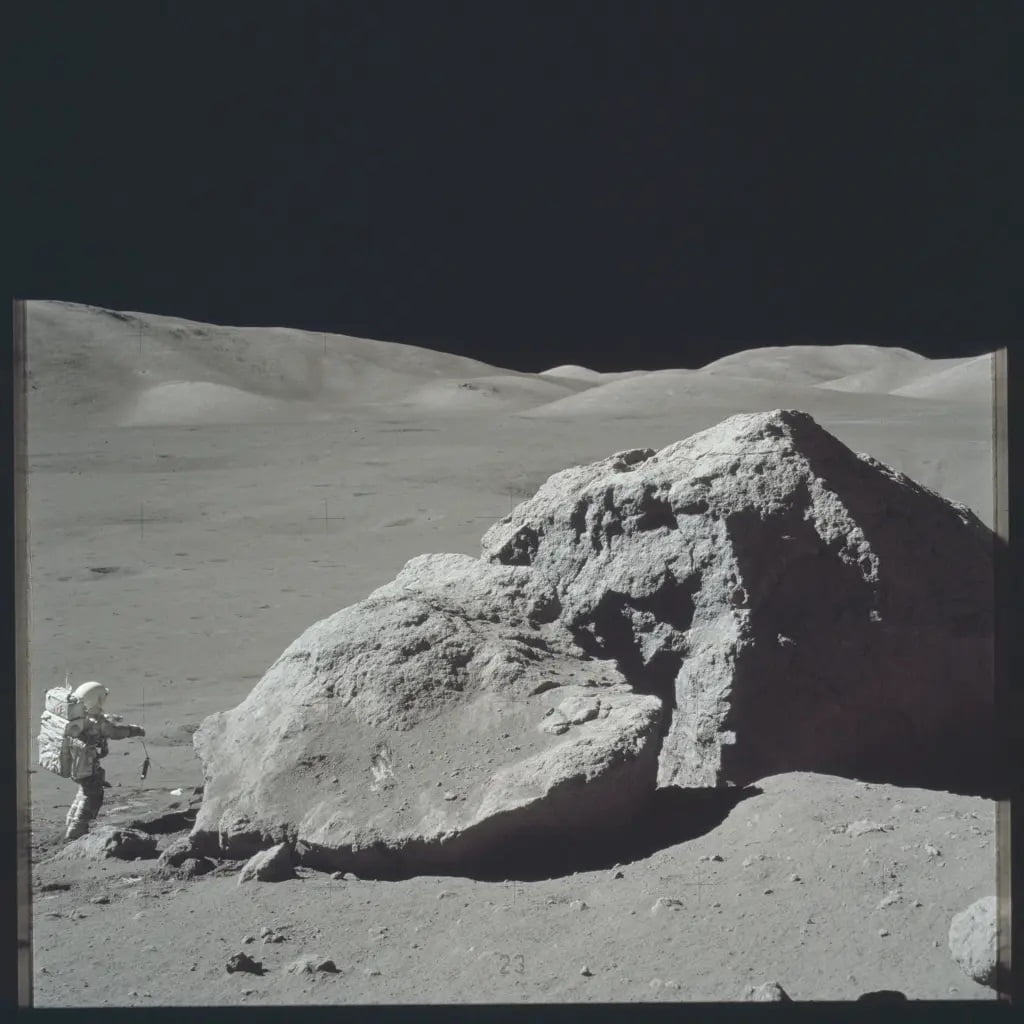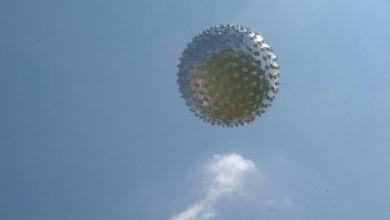In a monumental leap backward through time, recent analysis of lunar samples retrieved during the final Apollo mission in 1972 has reshaped our understanding of the Moon’s age. Contrary to previous estimations, the Moon is not a mere 4.42 billion years old; rather, it proudly boasts a staggering antiquity of 4.46 billion years. This revelation, brought to us by meticulous research, not only reshapes our perception of the Moon’s age but also unravels a captivating celestial history, as we explore how our lunar neighbor came into existence.
The Moon’s Enigmatic Genesis
For years, the lunar origin story has intrigued scientists and space enthusiasts alike. The prevailing theory has long suggested that the Moon was born from a cataclysmic collision between Earth and a Mars-sized celestial body. However, our understanding of the moon’s formative years remained incomplete until now. Researchers from The Field Museum of Chicago have pieced together this cosmic puzzle, using an intriguing clue: lunar crystals.
Lunar Crystals: Guardians of the Past
The age of the Moon, previously shrouded in mystery, has been unveiled by the study’s senior author, Philipp Heck. He remarks, “These crystals are the oldest known solids that formed after the giant impact,” emphasizing their critical role in establishing the lunar chronology. The age of these crystals serves as an anchor in time, allowing scientists to pinpoint the moment when the Moon’s transformation began.

The Fiery Birth of the Moon
This monumental collision, which ultimately formed our Moon, was a fiery, chaotic event. The collision’s tremendous thermal and molten energy melted the rock, shaping the lunar surface as we know it today. Heck elucidates, “When the surface was molten like that… any crystals on the moon’s surface must have formed after this lunar magma ocean cooled. Otherwise, they would have been melted, and their chemical signatures would be erased.”
Radiometric Dating: The Key to Unlocking the Moon’s Age
To precisely determine the Moon’s age, researchers undertook the meticulous task of analyzing zircon crystals atom by atom, employing a process known as radiometric dating. This method measures the radioactive decay between original parent atoms and the new daughter isotopes that formed after the collision. Think of it as an intricate cosmic hourglass, counting the passage of time based on transformation rates.

A Celestial Revelation
The findings from this radiometric dating process unveiled the Moon’s minimum age: a staggering 4.46 billion years. This revelation is nothing short of awe-inspiring, as it forces us to reconsider our entire perspective on the celestial history of our Moon.
The Moon’s Profound Influence
Not only does this revelation alter our perception of the Moon’s age, but it also underscores the Moon’s profound significance in our planetary system. Its role in stabilizing Earth’s rotational axis, determining the length of our days, and governing the ebb and flow of tides is undeniable. As Heck emphasizes, “Without the moon, life on Earth would look different. It’s a part of our natural system that we want to better understand, and our study provides a tiny puzzle piece in that whole picture.”
In conclusion, the Moon’s ancient origins have been unveiled, and it turns out that it is 40 million years older than previously believed. The Moon’s age is not just a matter of astronomical curiosity; it is a fundamental piece of the puzzle that shapes our planet’s behavior and our own existence. This revelation serves as a testament to the power of science in unraveling the mysteries of the universe.













And I’m like, really? That’s so important …
https://m.youtube.com/watch?v=4yA9ODoy1tI&t=336s&pp=2AHQApACAQ%3D%3D
Cool but we didn’t go there and will never will
🤣🤣🤣🤣🤣🤣🤣🤣🤣🤣🤣🤣